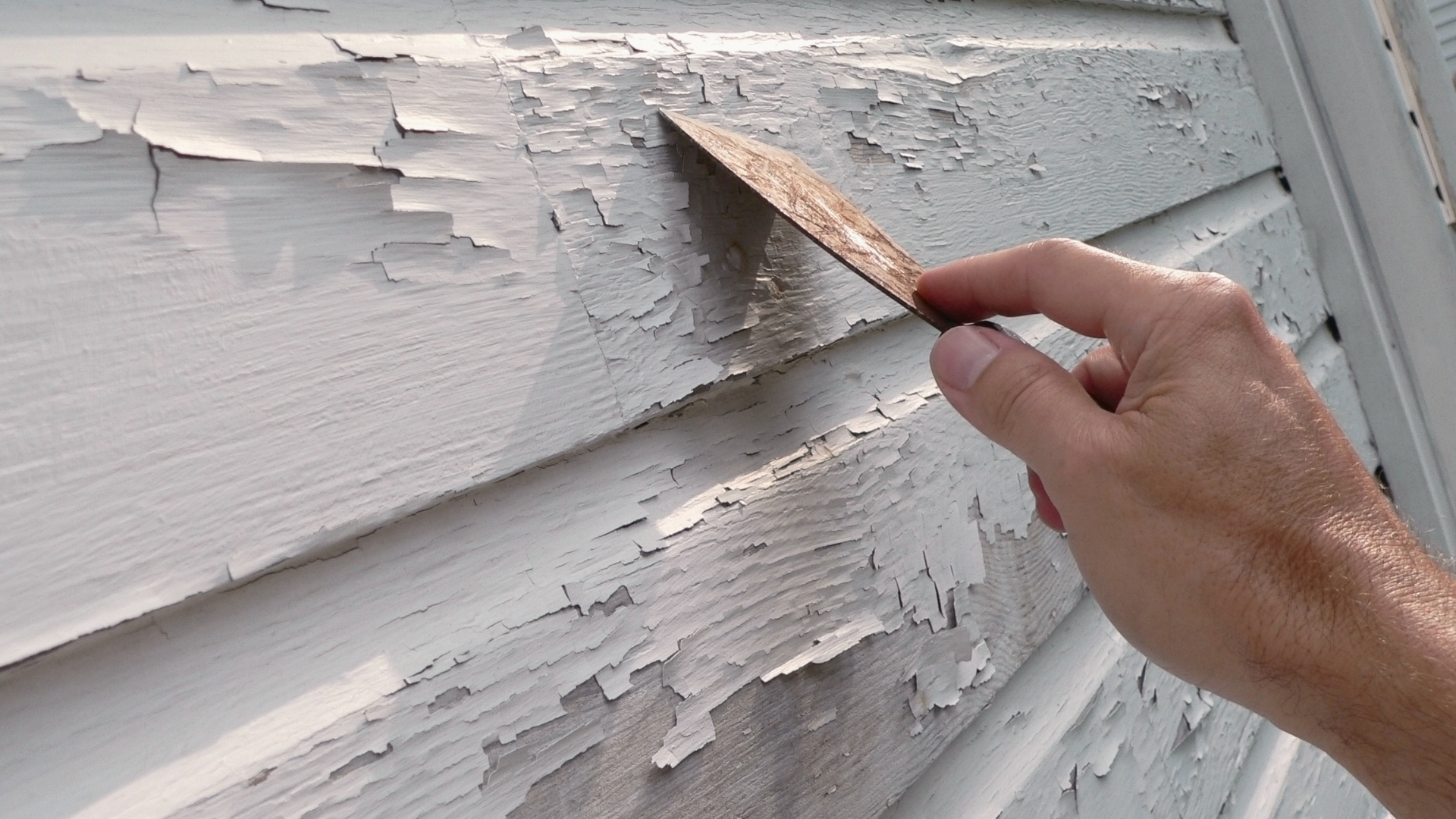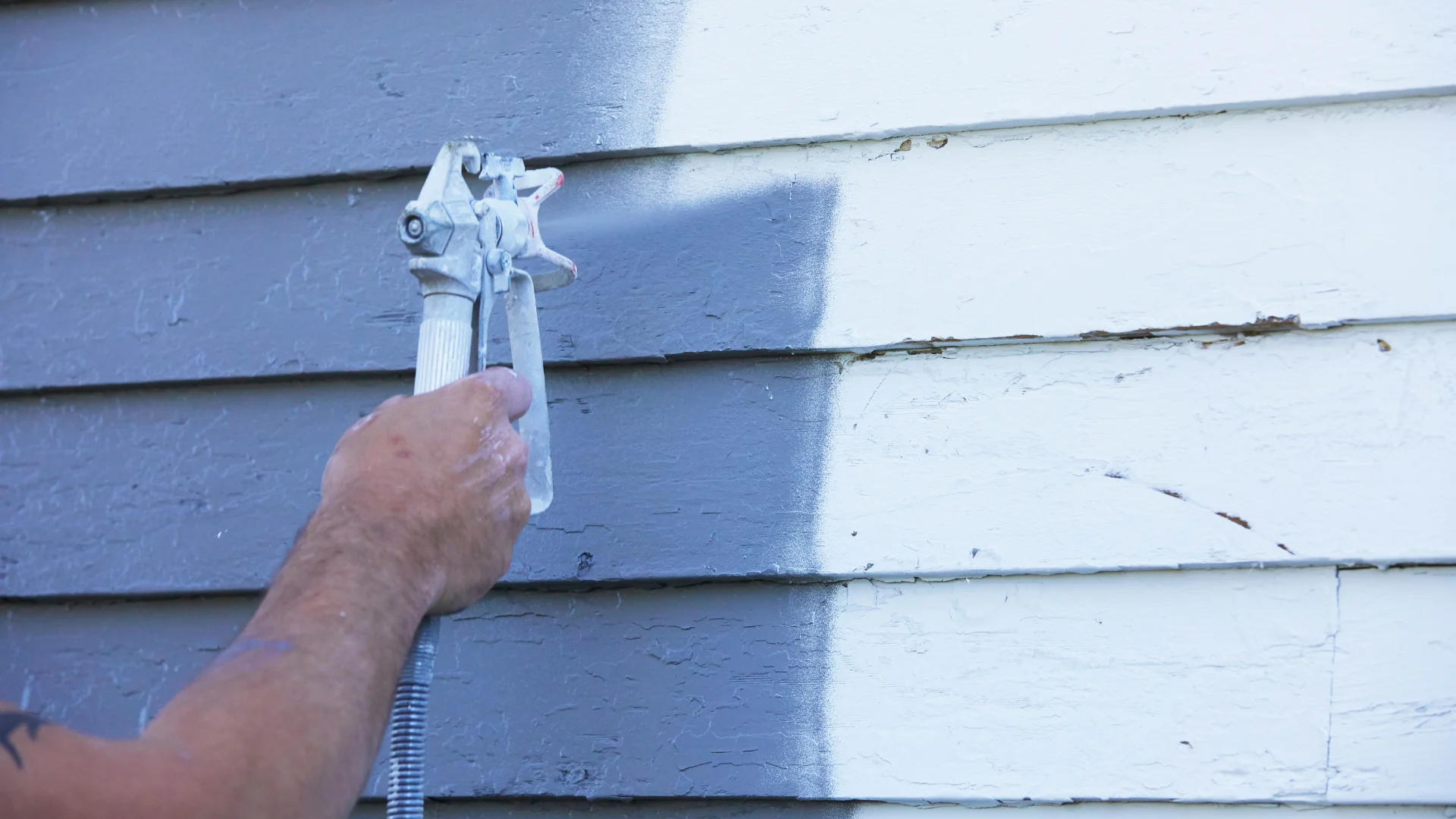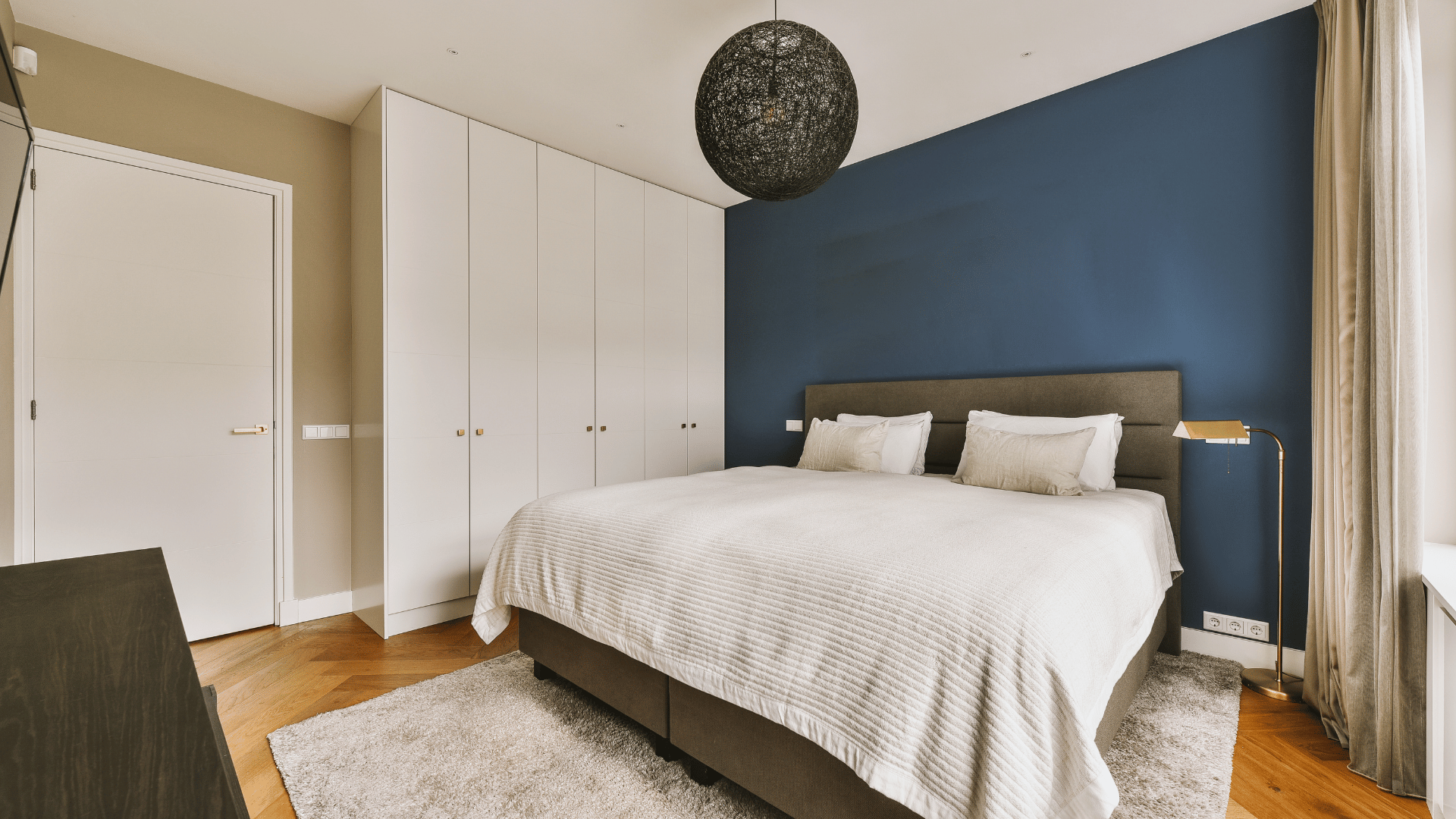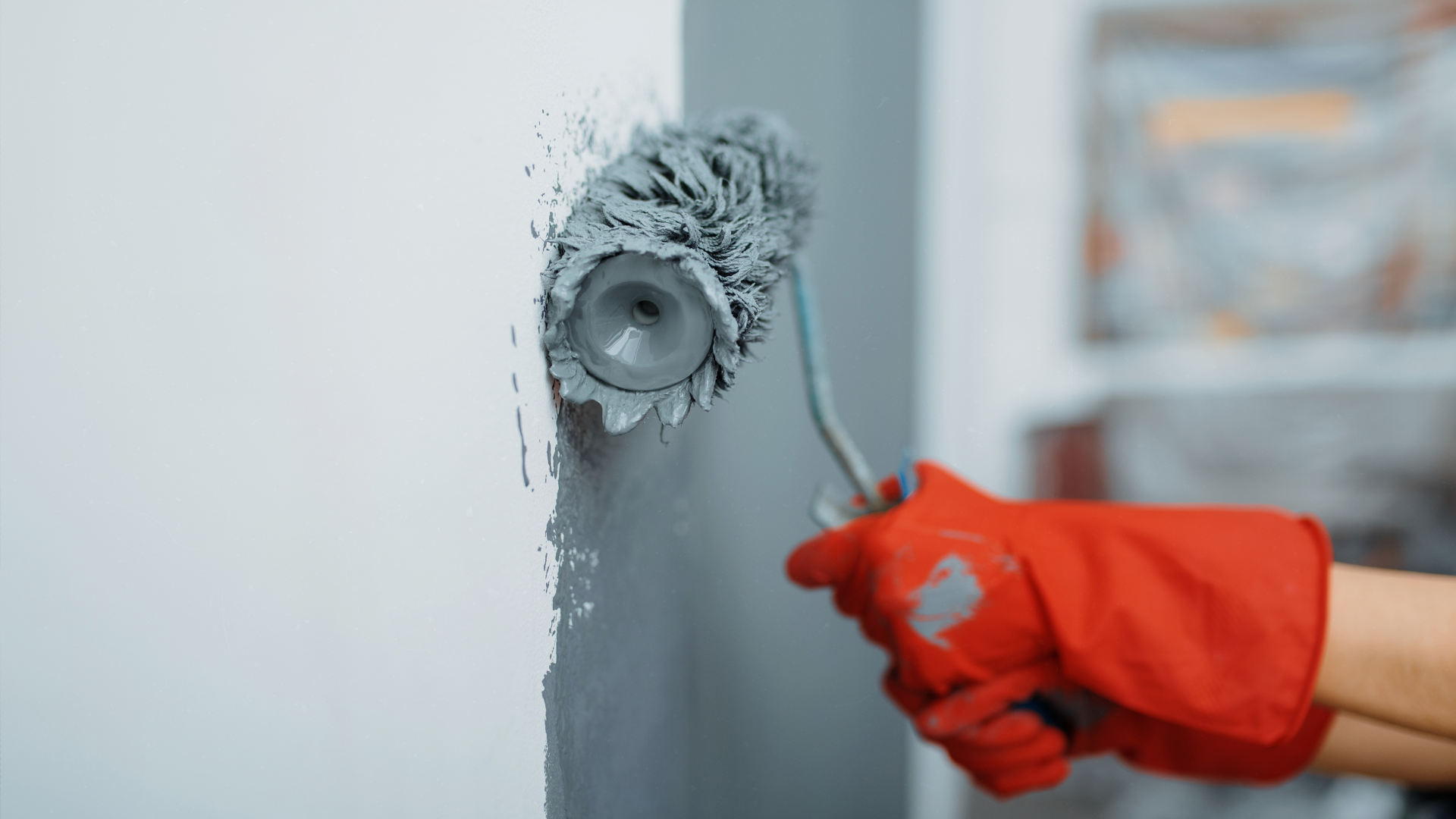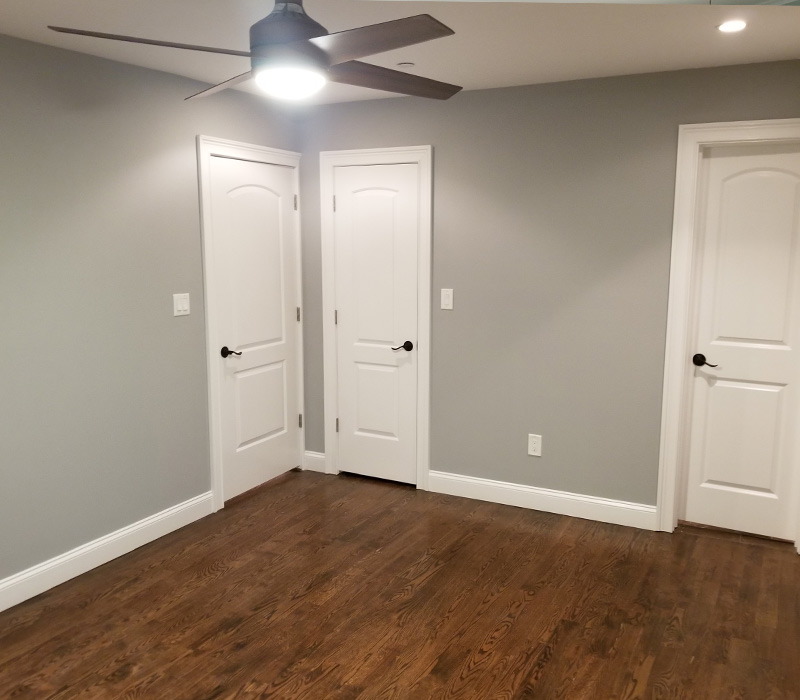A freshly painted wall should be a sight to behold, providing a clean, fresh look to your home. However, it can be incredibly frustrating to see your newly painted wall start peeling shortly after the job is done. Understanding why this happens can help prevent it in future projects. Here are seven common reasons why your newly painted wall might be peeling.
1. Poor Surface Preparation
One of the most critical steps in painting is proper surface preparation. If the wall was not cleaned thoroughly before painting, dust, dirt, or grease can prevent the paint from adhering properly. Similarly, if there was any old, peeling paint, it should have been scraped off and sanded down. Neglecting these steps can result in poor adhesion, causing the new paint to peel off.
Solution: Always clean the wall surface before painting. Use a mild detergent to remove grease and dust, and ensure the wall is completely dry before applying paint. Scrape off any loose paint and sand the surface to create a smooth base for the new paint.
2. High Humidity and Moisture
High humidity or moisture is a common culprit in paint peeling. Moist environments, such as bathrooms or kitchens, can cause the paint to lose its adhesion. Additionally, if the wall was damp when the paint was applied, it can lead to peeling as the paint dries.
Solution: Ensure the wall is dry before painting. Use a dehumidifier in humid areas and consider using moisture-resistant paint in bathrooms and kitchens. Proper ventilation in these areas can also help maintain lower humidity levels.
3. Low-Quality Paint
Using low-quality paint can result in peeling. Cheap paints often lack the necessary binding agents that help the paint adhere to the surface and withstand environmental factors.
Solution: Invest in high-quality paint from reputable brands. Quality paints have better adhesion, durability, and resistance to peeling, ensuring a longer-lasting finish.
4. Improper Application Technique
The method of application plays a crucial role in how well the paint adheres. Applying paint too thickly can lead to peeling. Additionally, not allowing sufficient drying time between coats can compromise the adhesion of subsequent layers.
Solution: Follow the manufacturer’s instructions regarding the number of coats and drying times. Apply thin, even layers of paint and allow each coat to dry completely before applying the next one. Using a primer can also improve paint adhesion.
5. Incompatible Paints
If you paint over an old layer without considering compatibility, the new paint might not adhere well. For instance, applying latex paint over an oil-based paint without proper preparation can cause peeling.
Solution: Determine the type of existing paint before applying a new coat. If painting over oil-based paint with latex paint, use a suitable primer designed to bridge the two types. This primer will create a stable base for the new paint.
6. Temperature Extremes
Extreme temperatures during the painting process can also lead to peeling. If the paint is applied in very hot or very cold conditions, it might not adhere properly or cure as it should.
Solution: Paint under optimal weather conditions, ideally when temperatures are between 50°F and 85°F. Avoid painting in direct sunlight or extremely cold weather. If indoor temperatures are a concern, ensure the room is climate-controlled.
7. Underlying Issues
Sometimes, peeling paint is a symptom of a deeper problem, such as structural issues, leaks, or mold. These underlying problems can cause the paint to lose adhesion and peel away.
Solution: Inspect the wall for any underlying issues before painting. Look for signs of water damage, mold, or structural cracks. Address these problems before repainting to ensure the new paint adheres properly and lasts longer.
Preventing Peeling Paint: Best Practices
To avoid the frustration of peeling paint, follow these best practices:
- Surface Preparation: Always clean, sand, and prime the surface before painting.
- Quality Materials: Use high-quality paints and primers.
- Proper Conditions: Paint under the right environmental conditions.
- Correct Technique: Apply thin, even coats and allow sufficient drying time.
- Compatibility Check: Ensure the new paint is compatible with the existing paint layer.
- Address Issues: Fix any underlying structural or moisture problems before painting.
Final Thoughts
Peeling paint can be a major inconvenience, but understanding the reasons behind it can help you take preventative measures. By paying attention to surface preparation, environmental conditions, and the quality of materials used, you can ensure a long-lasting, beautiful finish on your walls. If you’re still experiencing issues, consider consulting a professional painting contractor who can provide expert advice and services.
At Doug’s Painting and Contracting, we pride ourselves on delivering top-notch painting services that stand the test of time. Contact us today for all your painting needs and ensure a flawless finish every time.

